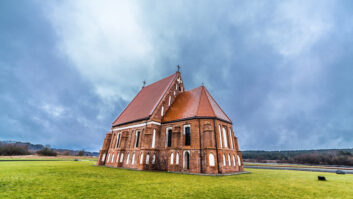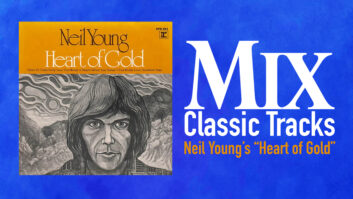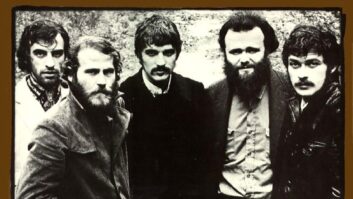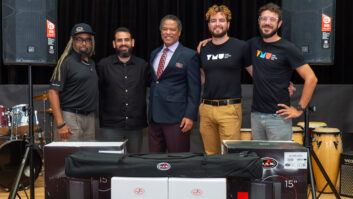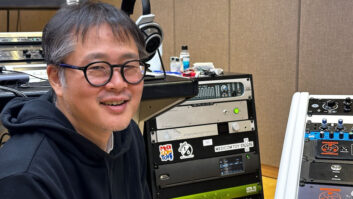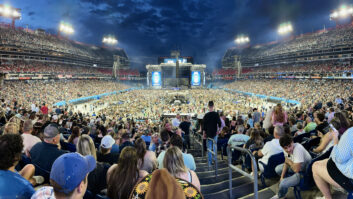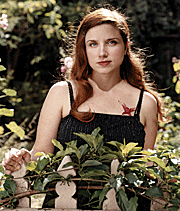
That you can’t gauge the limits of Jolie Holland’s talent or the perimeters of her personality is part of her charm. She has more than a few stories to tell after having lived on the road as part of a troupe of artist-types and traveling across the country. And at only 29, she’s an old-souled songstress and multi-instrumentalist with a penchant for homespun, organic sound — full of nuance and influenced by Americana, blues, jazz and country.
However world-wise, Holland is new to the studio. After years of busking and gigging at bars and restaurants, it was a set of lo-fi demos recorded at home, Catalpa — produced by Seth Augustus and edited/mastered by Chris Arnold, and released and promoted in grassroots style as an “art project” in 2003 — that led to her current record deal with Epitaph/Anti. For her sophomore effort, Escondida (2004), the challenge was to keep the organic and spontaneous feel that is such a part of Holland’s music while reaping the sonic benefits of recording in a conventional studio. The album was cut at In the Pocket Studios in rustic Forestville, Calif., which is an hour or so north of San Francisco, with resident engineers Jonathon Chi and John-Paul McLean and co-producer/engineer/musician Lemon DeGeorge. DeGeorge, who has worked with Holland in his studio for the past three years, acted as a “translator” of sorts.
John-Paul McLean (background) and Jolie Holland at work at In the Pocket Studios
photo: Chris Powers
During the 10-day tracking and mixing session, Chi, McLean and DeGeorge recorded Holland, drummer Dave Mihaly and guitarist Brian Miller to Pro Tools|MIXPlus 5.01. Besides singing, Holland also plays piano, ukulele, fiddle and guitar, among others. Says DeGeorge, “We started off at In the Pocket wanting to do things as live as possible, with everyone in the same room. But Dave couldn’t really hit [the drums] the way he normally did, so we put him in a separate room. Within a matter of a day or two, Jolie went from live and spontaneous to everyone in a separate place and being very [attuned] to the studio technique.”
As for the room setup, DeGeorge notes, “For most of her vocals, we used a Neumann U47 long-body chrome top; for some we used a Neumann FET U47 and a Manley Variable Mu for the limiter going through the mic pre’s on the Neve [8068]. There were Neumann M49s for overheads on the drums that have a great, great sound to them. There was also an AKG D-112 for the kick, a FET U47 on the back side and AKG 414s on the toms. For the guitars, both acoustic and electric, we used Royer 122s for near-miking, and we had a U47 as a room mic, as well.” DeGeorge confirms that the studio’s Neve console “is a beautiful board and that’s definitely responsible for the sound.” Reverb was added sparingly to Holland’s vocals, which were recorded in a bunkhouse-turned-reverb chamber on the studio’s property.
Of her bandmates’ sound, Holland says, “We all have a very strong emphasis on specific tones. We think really minutely about the little pieces of sound. And I’m really glad that I can work with people who are so sensitive. I’ve always been obsessed with tone and different possibilities with tone.”
Holland’s taste for specific tones created a temporary obstacle during one of the tracking sessions: Two of the piano-based songs, which she had written at home on an old piano, called for a “dark” sound. DeGeorge recounts with a laugh that, “[In the Pocket] had a very nice baby grand piano [Baldwin], but even though you usually want to hear a nice, bright piano, she didn’t want to hear that at all. So we threw sleeping bags and packing blankets [over the piano], and we rolled off everything above 4k on the Neve. So we basically made a very nice-sounding piano sound like an old funky upright.”
Despite its quality gear, it turns out that In the Pocket’s location and creative vibe (previously enjoyed by notable talents such as Tom Waits, drummer Stewart Copeland and Warren Haynes) did much to inspire Holland and her band. “It’s a really peaceful studio,” she says. “It does have this Zen-like atmosphere. I think that kind of emptiness and stillness is where a lot of the songs are coming from, so the atmosphere was really conducive.”
Even though this was Holland’s first venture into the studio, she was deeply involved in the production process. “I really like to hear more life in a recording,” she comments. “For Escondida, I really wanted to get a living, thinking sort of a sound on there. I’ve thought before that Catalpa is a good picture on a brown paper bag and Escondida is on fancy watercolor paper from Germany. You don’t want to screw it up.”
